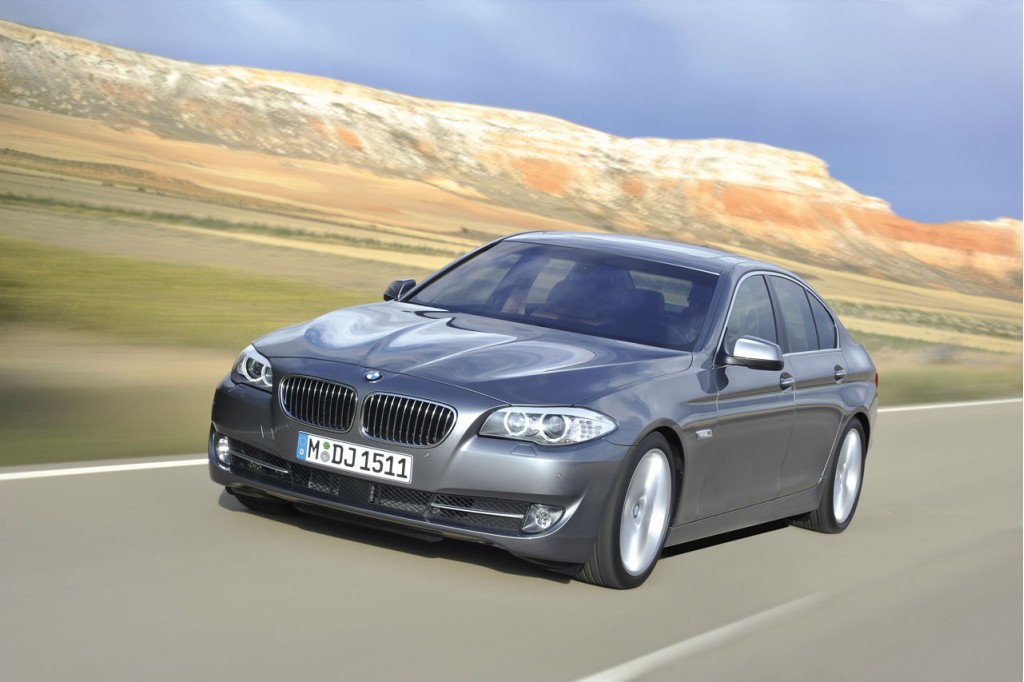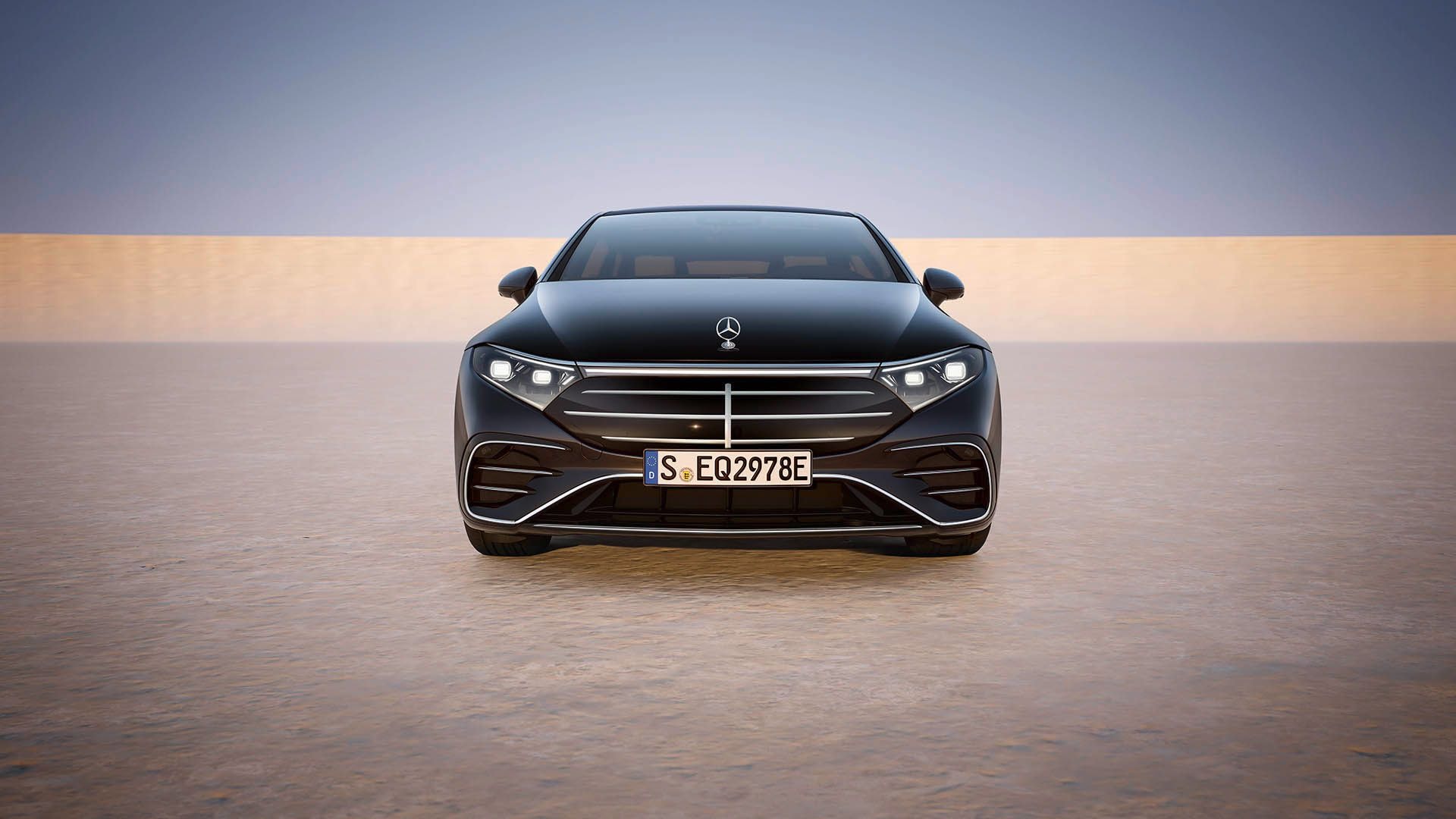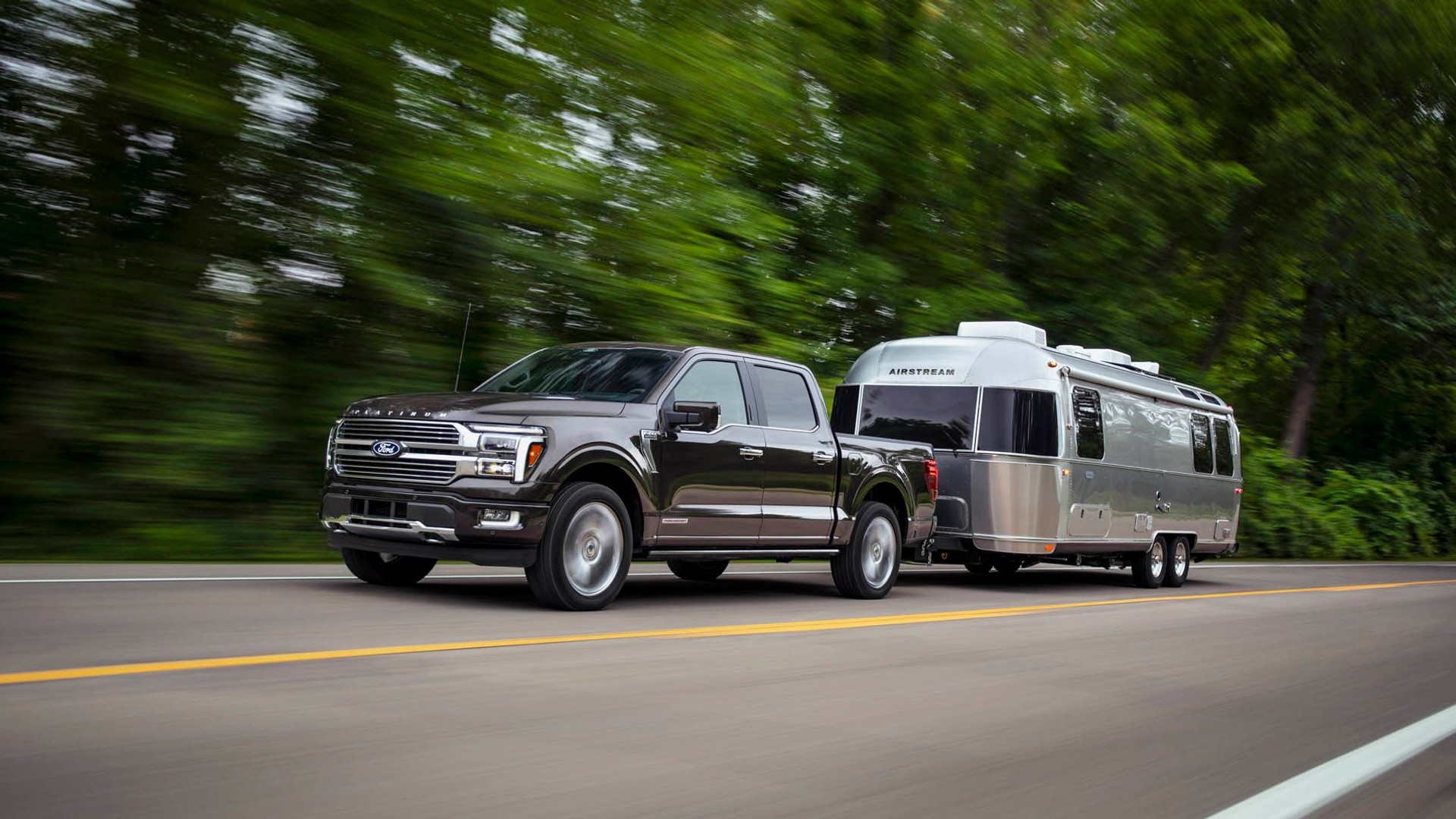
2011 BMW 5-Series sedan
Lightweight materials such as carbon fiber are seen by many in the auto industry as one of the most effective ways of reducing vehicle weight and thus improving fuel economy and emissions levels, but the relative expense of the materials often mean that they are still reserved for only a handful of high-end production cars. BMW has effectively used carbon fiber roofs for its M cars to help lower their center of gravity, and Nissan and General Motors have used the composite material to help save weight for their respective GT-R and ZR1 supercars.
For cheaper mainstream cars, however, carbon fiber is still too expensive an option. Instead, some automakers, such as BMW, are looking to other lightweight materials--when compared with conventional steel--such as aluminum and high strength steels to make their cars lighter, and thus more fuel efficient.
Aluminum is seen as the ideal option as not only is it lighter than steel, it is also relatively sustainable because it can be recycled. In the case of BMW, aluminum is increasingly being used as a replacement for steel in parts such as doors, hoods and even structural components on certain models. Take the new 2011 BMW 5-Series, for example, up to 20 percent of this model is constructed from aluminum.
In addition to aluminum, some automakers are also looking at high strength steels which can be used to make components that are as light as aluminum ones. The story doesn’t end there, however. In the near future, expect to see increased use of even lighter materials such as plastic and carbon fiber reinforced plastics on cars. BMW, incidentally, is a leader in this field too, having partnered with the SGL Group to build a carbon fiber manufacturing plant in the U.S. to supply the lightweight stuff for its future models.
[Automotive News, sub req’d]













